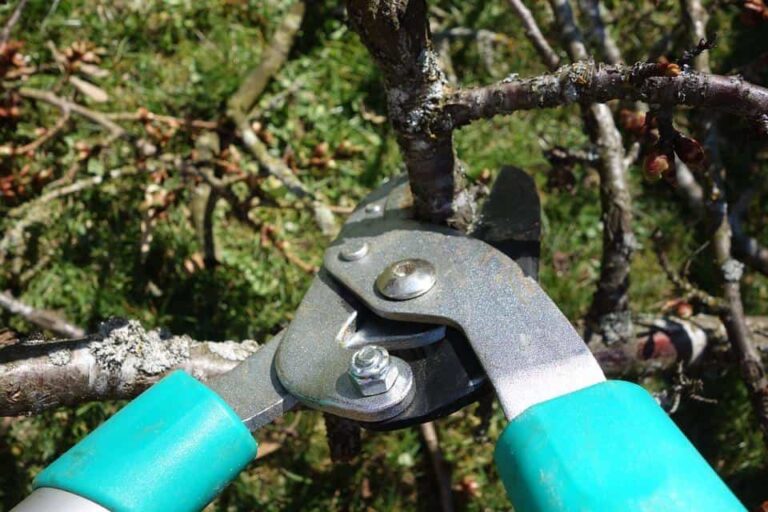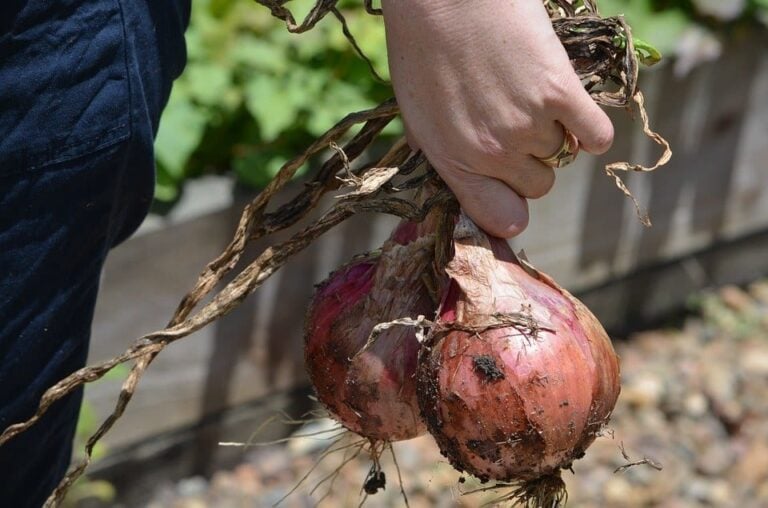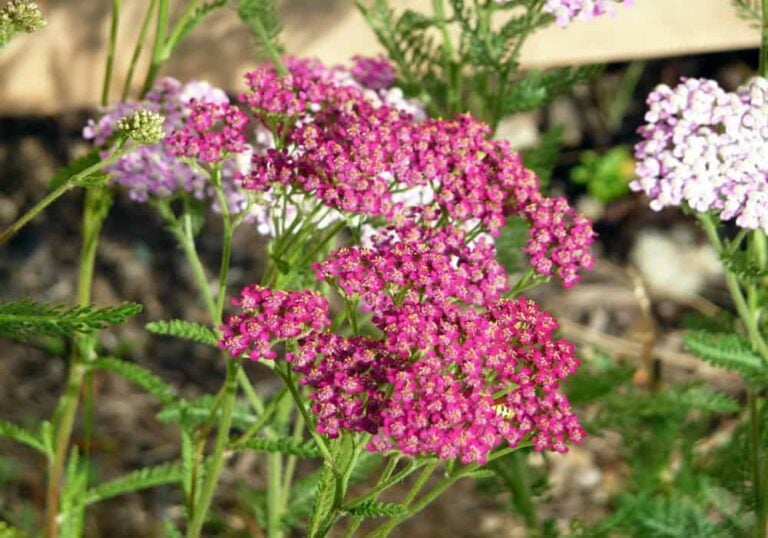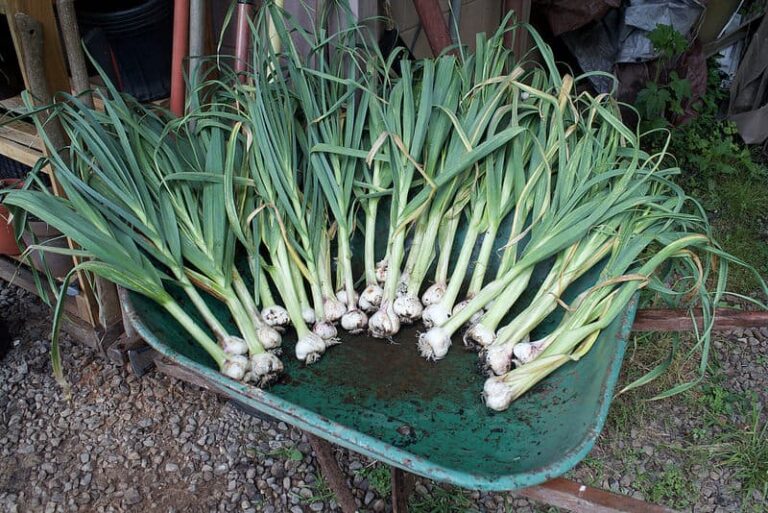A Comprehensive Guide To Bromeliad Flower
Some plants seem very difficult to grow and take care of. In reality, however, these plants require minimal maintenance and resources from the gardeners. In many cases, such flowers can add so much charm to your garden. For sure, Bromeliad flowers, which are commonly found in gardens located in tropical areas, belong to this category. Unfortunately, many people think it is a Herculean task to cultivate Bromeliad flowers as a part of the garden or on the window-side.
In this comprehensive guide to Bromeliad flowers, we have answered some of the common questions you have about them and how to grow them. We will introduce Bromeliad flowers and then move to aspects like the different types of Bromeliads and how you can grow a perfect one in your garden. We will also talk about the prerequisites of growing Bromeliad flowers in your outdoor or indoor garden.
First, we will look at some basic information about Bromeliad flowers. We do not want to make it technical or botanical. Instead, we have included data that you will find helpful at one point or another.
Bromeliad Flowers: An Introduction
Bromeliad is the common name of a perennial plant called Bromeliaceae genera, which belongs to the family of Bromeliaceae. Compared to others, Bromeliaceae is a sizable botanical family that consists of terrestrial and epiphytic plants. As you may already know, Bromeliad flowers look beautiful and add many colors to an indoor/outdoor garden. These colors are one reason why many gardeners are obsessed with the plant. But, first, let’s talk a little about the overall appearance of Bromeliad flowers.
Bromeliad plants are noted for the sword-shaped leaves that can take different colors. Even though they do follow a rosette formation, the looks can vary from plant to plant. Even when you create a group consisting of multiple Bromeliad plants, you may find different colors. There is little you can predict about the style of a plant. From red to orange and green to purple, other colors can be seen on Bromeliad flowers in a garden. In their natural setting, Bromeliad plants use other trees for growing support.
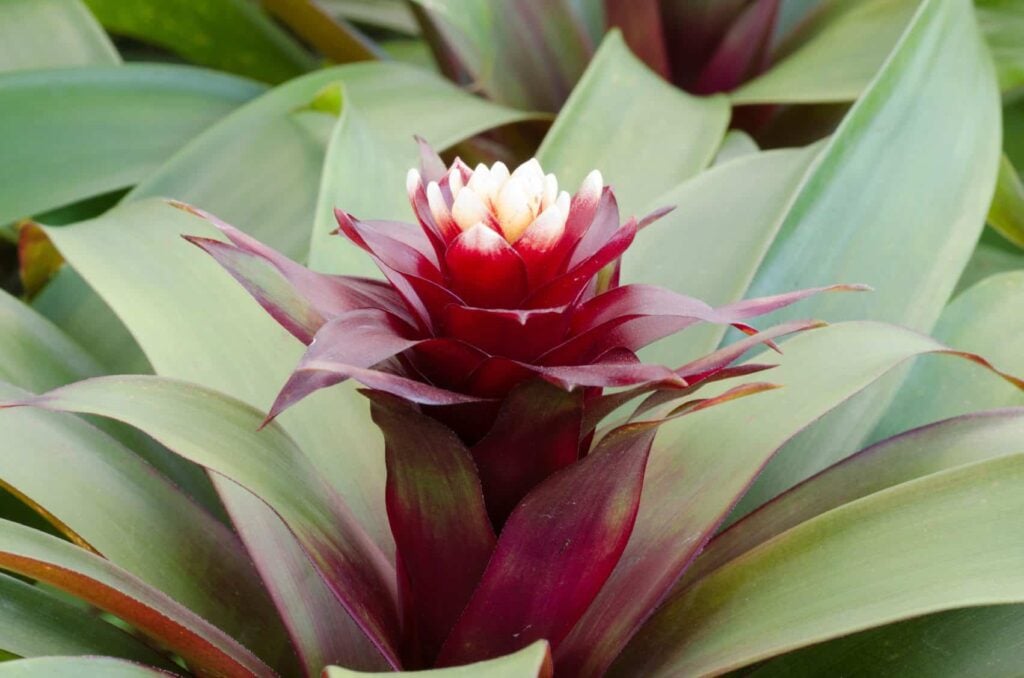
Therefore, many of the flowery plants you may find in colorful gardens may belong to this botanical family. However, it is difficult to predict the size and growth pattern of Bromeliad flowers because it varies according to the genera and species. For instance, while one variety of Bromeliad flowers takes up to a year to bloom, some other types may bloom sooner. There are also differences in the soil type, pH value, and the blooming requirements of these plants. We will mention them when we talk about different kinds of flowers you can find from the family.
For now, you have to keep in mind that Bromeliad flowers are easier to take care of than they seem. You do not have to be an expert gardener with years of experience to make them a part of your indoor or outdoor gardens. Therefore, the plant comes in handy for gardeners who have just begun but want one of the best-looking gardens out there. For instance, you do not have to worry about pot mixtures or super-expensive fertilizers to add Bromeliad flowers to your garden.
Different Types of Bromeliad flowers
As we said earlier, Bromeliad flowers belong to a sizable botanical family. As a result, you can find many plants in the category. However, looking at the most common Bromeliad plants used in gardens, we can focus on five plants. These five houseplants, suitable for both indoor and outdoor gardens, are as follows.
Guzmania
Guzmania is probably the most commonly found Bromeliad genus in the United States and other nearby areas. This genus consists of a number of species such as Guzmania sanguinea, Guzmania monostachia, Guzmania lingulata, and Guzmania zahnii. The species boasts a variety of colors like orange, purple, pink, yellow, etc. Compared to other species in the Guzmania family, some types can bloom for a more extended period.
Vriesea
Vriesea is the second genus in the list, and plants in the list are noted for their unique foliage. Vriesea splendens and Vriesea Fireworks are two of the most popular species you can find from the genus. It is widely found in the US, especially the tropical areas.
Neoregelia
Neoregelia could easily be one of the most diverse genera in the Bromeliad family. The species from this genus are noted for colorful leaves and flowers, which may take pink to deep purple hues. While the plants are noted for short leaves, some varieties can create longer leaves as well. Once again, we can never predict the exact blooming patterns of the Bromeliad flowers in this genus.
Ananas comosus Champaca
Ananas comosus Champaca is another popular type of Bromeliad flower you can check out. You may have heard the name Ananus because the genera consist of the common pineapple plants. But we are talking about comosus Champaca, which happens to be a pineapple plant with ornamental looks and leaves. This type of Bromeliad flower is used as an indoor plant in many regions.
Alcantarea
Alcantarea is another genus from the Bromeliad family, and it comes from the mountainous regions of Rio De Janeiro in Brazil. It is known for making tall portions that add many red bracts and yellow flowers. These plants are great for areas that have an altitude of 1500 or less. As you can guess, you can get modified versions of this genus from the market.
As you can see, we are talking about a lot of species of Bromeliad flowers here. So, you do not have to get worried if you have a number of options in the garden. You can likely choose a color of your preference when you want to grow a Bromeliad flower indoors or outdoors.
Now that you have a clear idea about different types of Bromeliad flowers, shall we explore how it is to grow them? Once we have covered that part, we will move on to the common questions.
How To Grow a Bromeliad Flower: The Basics
We would like to repeat that you do not have to be a gardening expert to grow Bromeliad flowers in outdoor and indoor settings. In other words, the steps you have to follow for growing Bromeliad flowers are simpler than you think. We will look at different aspects like placement, humidity, exposure to light, and the ideal temperature for growing different species from the Bromeliad botanical family.
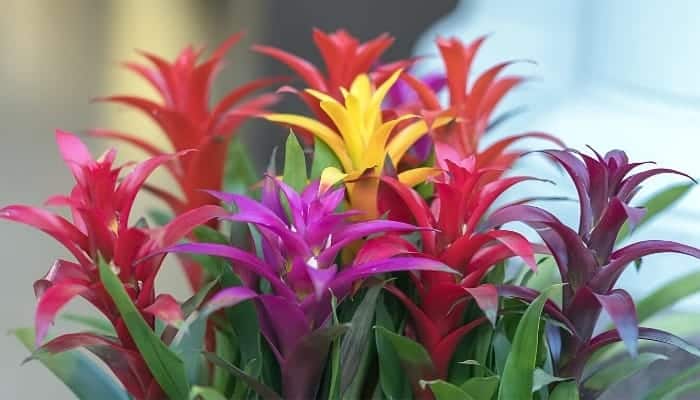
Temperature
You do not have to worry about the temperature while growing Bromeliad flowers. They can adapt to most of the changes in the temperature, but specifics may vary according to the species. Most species from the Bromeliad family seem to thrive during humid and warm temperatures. But, at the same time, you can see many other species thriving in drier environments as well. As far as the numbers are concerned, the plants grow best if the temperature is higher than 40 degrees Fahrenheit.
Light
You have to be a bit more careful while exposing Bromeliad plants to sunlight. Depending on the species, a plant may react differently towards sunlight. Some species are made to thrive in direct sunlight and make an excellent indoor garden plant. On the other hand, some other species may die out if exposed to too much sunlight. You have to check the specific cases before deciding what amount of light is suitable for the plant you have.
In short, you have many options when it comes to growing Bromeliad flowers. Now that we have explored this part, we will answer some common questions people have about growing Bromeliad flowers in an indoor or outdoor garden.
Can you keep Bromeliads indoors?
Yes, you can keep Bromeliad plants indoors.
As we mentioned earlier, Bromeliad flowers are capable enough to adapt to their surroundings. Even though species play an essential role, most Bromeliad plants can adapt to changing temperatures and sunlight. As a result, you would not have any trouble setting up a Bromeliad plant as a part of your indoor garden.
You just have to make sure that if you have a Bromeliad variety that requires sunlight, you place the plant in a place that receives direct sunlight. On the other hand, if the variety does not live well with direct sunlight, you can move it further away from the window. As long as you keep these preferences in check, it will be easy to keep Bromeliads indoors.
However, you may have to make some changes in terms of the propagation of these plants. Propagating one of the Bromeliad flowers could be a difficult task when you keep an indoor plant. To avoid this situation, you have to pick one of the Bromeliad varieties optimized for indoor gardens. You should also make sure that a plant has a structure for growing support. It can be another plant or some other object.
How long do Bromeliads live for?
There is no fixed answer to this question. The lifespan of Bromeliads will depend on several factors — such as the kind of care and maintenance they receive. However, you should also note that some varieties of Bromeliads would not grow for long even if they receive the best care.
On average, however, you can expect Bromeliad plants to live for anywhere between two to five years. The plant may flower during the period and give you Bromeliad pups that you can grow into a full-fledged plant later.
It is worth noting that some varieties may not live for years. Some species from the Guzmania genus, for instance, can live for only a few months. The plant may finish its life cycle within a year, but you will have options for propagation.
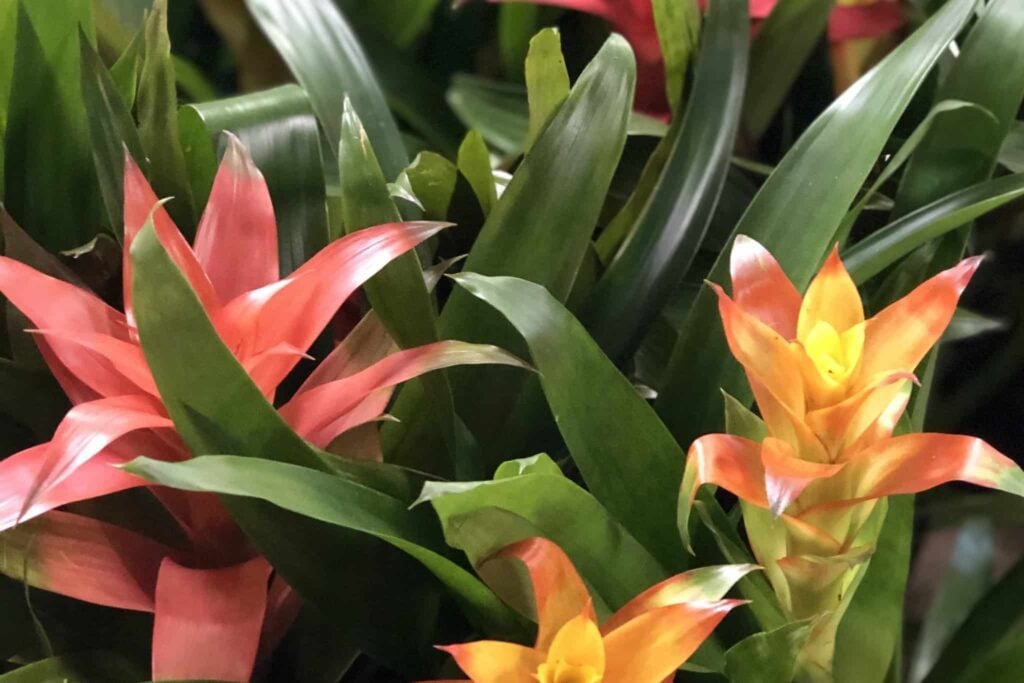
Do Bromeliads spread?
Compared to other plants that you may find in your garden, Bromeliads do not spread that widely. They do have a slow pace of growth. Therefore, you do not have to worry about these plants taking over your garden anytime soon. We must also add that Bromeliad plants are not parasites, even though they may seem so. Of course, the plant may depend on other plants for growing support, but that is it. A bromeliad plant would not exploit other plants. Long story short, you can plant different types of Bromeliad plants without having to worry about widespread exploitation concerns.
How often do you water a Bromeliad?
The watering frequency for Bromeliads does not have to be strict per se. However, there could be changes in this matter according to the environment. For instance, if you are growing the Bromeliad plant in a humid place, you do not have to worry about watering frequency much. Instead, you can leave the plant without water for a few weeks or so. As a result, the plant will absorb moisture from the atmosphere and survive.
However, leaving the plant without water too frequently can disrupt the growth pattern. For instance, you may not see the plant reaching its entire lifespan. Therefore, if you want the plant to live for two to five years, you should water it once a week. While doing so, it is better to stay away from tap water that may contain chemicals like chlorine. On the other hand, distilled water seems the best growth medium for these plants.
As you have seen, Bromeliad plants are great at living without water. Therefore, you should not drench the plant in water during the winter or rainy season. In other words, the watering schedule should always be in sync with the amount of atmospheric moisture.
What do you do with a Bromeliad after it blooms?
In case you didn’t know, Bromeliads bloom only once. So, if the Bromeliad plant blooms, it means the plant has entered the phase of demise. By the way, just because the Bromeliad blooms does not mean that you have to ignore the plant. Instead, you can use a piece of blade to remove the bloomed part of the plant. Then, in some cases, you may be able to get the plant to rebloom.
As for the bloomed part, you can use it for compost. Once you have removed the bloomed part from the plant, it may produce Bromeliad pups, which can be used to propagate the plant. We should also add that you cannot prolong the life of a Bromeliad plant after producing the pups. If you see the pups, it means the plant is ready to die out completely.
If you are concerned about getting as many Bromeliad pups as possible, it is essential to remove the flower once it has bloomed. Otherwise, the plant may use the resources on the flower, which ultimately goes to waste. To avoid this situation, you can remove the flowery part as soon as possible.
Can you leave pups on Bromeliads?
You should be careful while dealing with Bromeliad pups. It is advised to remove these pups when they start appearing. As we said earlier, you can develop these pups into full-fledged plants without much effort. You have to make sure that the pups have good root support, among other things. If you do not want to make a plant out of the pups, you can leave them on the Bromeliad plant itself. The Bromeliad plant will die out once it has produced the pups. And, if you do not care for the pups, they will also see their demise due to the lack of water and resources.
Do Bromeliads need sun or shade?
Different types and species of Bromeliads have additional requirements of sun and shade. While some species are great with direct sunlight, others prefer a mix of shade and indirect sunlight. You should also see if the type of Bromeliads is suitable for an indoor or outdoor garden.
If you want to add Bromeliad flowers to an outdoor garden, you should choose a variety that can withstand direct sunlight. On the other hand, if you are dealing with an indoor plant, you would have an option to move the plant away from sunlight and give it some shade.
In short, the option is species-dependent, and you do not want to do any guesswork in this department. Instead, you should talk to someone who has been growing the particular variety for some time.
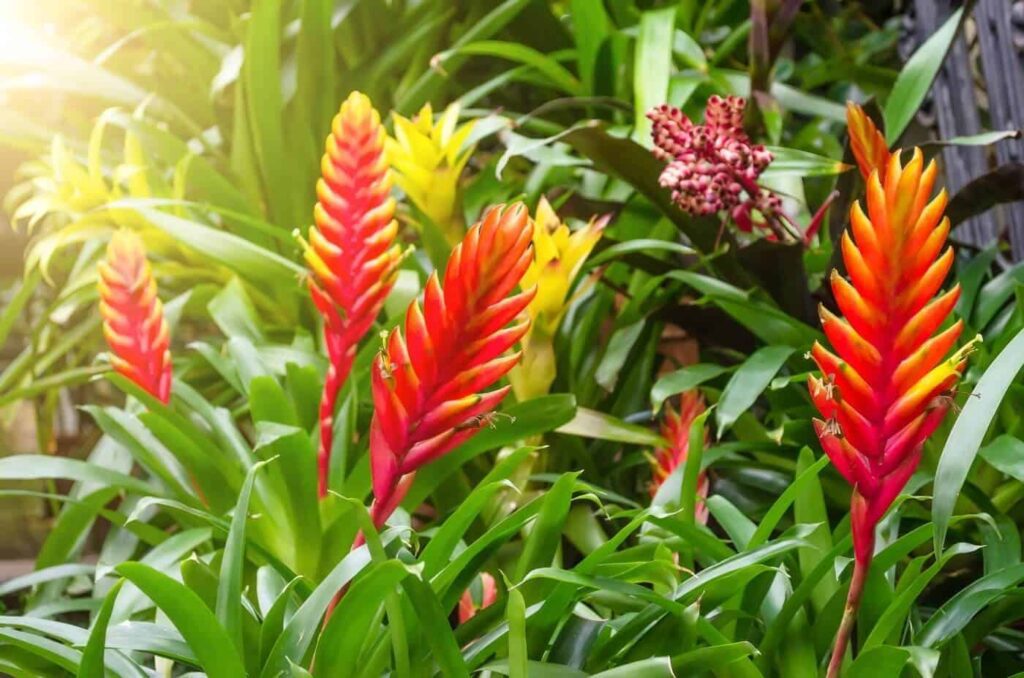
How do you get Bromeliads to rebloom?
You cannot get Bromeliads to rebloom in most cases. As you may have noticed, these plants are supposed to bloom only once. After the bloom, a Bromeliad plant will produce pups and then die out. So, instead of forcing the plant to rebloom, which is almost impossible, you can provide good care for the pups. By doing so, you can propagate a healthy plant from these pups. It seems to be the more practical option.One Bromeliad plant can produce multiple pups in its lifetime.
Conclusion
We believe we have answered most of your queries about Bromeliad plants and growing Bromeliad flowers in your garden. As you may have noticed, many things about these plants are species-specific. So, you have to be careful while choosing the Bromeliad species in the first place.
https://moplants.com/bromeliads/
https://indoorgardening.com/bromeliad-care-guide-how-to-grow-this-beautiful-plant-indoors/

